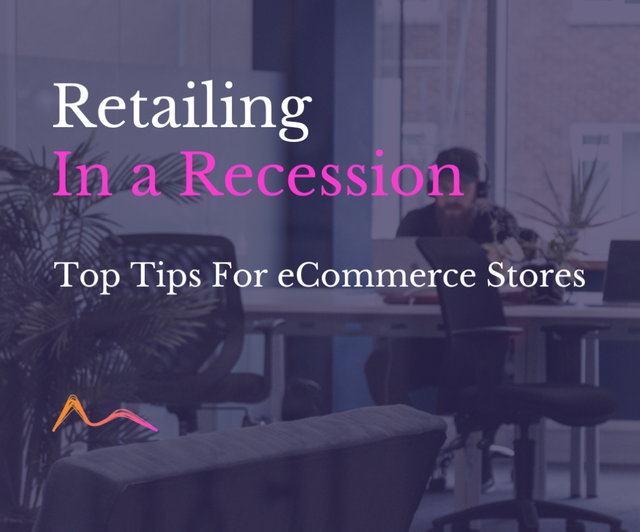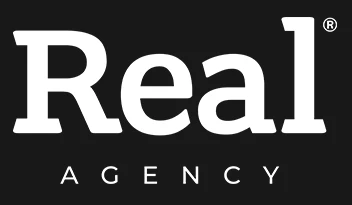How To Protect Your eCommerce Business During a Recession
Earlier this month the Bank of England warned that the UK had already entered recession in the third quarter of this year and made a prediction that GDP may continue falling throughout 2023 and into the first half of 2024.
In light of this, eCommerce retailers can’t afford to stay complacent and will need to act now to protect and sustain their business throughout 2023. In this article, we share some of our ideas eCommerce stores can implement to help their business during an economic downturn.
1) Improve Your Website Conversion Rate
With budgets becoming tight, your store may see a reduced number of visitors, so it’s crucial to convert those who visit your eCommerce website. According to a survey conducted by our partner Mollie, the average shopper in the UK abandons 6 baskets over a year with the average value of £68, adding up to over £20bn worth of goods*. These numbers are likely to go up in a recession, and you don’t want your eCommerce store to be among those that bump them up.
Website design, stability and performance are the main things that affect your online store conversion rate. 52% of shoppers say they get frustrated when the site is slow, with only 8% saying it’s not an issue**. If your pages take a long time to load, you may see yourself losing sales. You also want to make sure your eCommerce store is easy to navigate through and remove any distractions from the customer journey. Last but not least, remember about optimising your website for mobile devices to ensure a smooth mobile checkout experience.
In the Mollie survey, customers indicated that good product reviews and the ability to add products to a wishlist were both seen as important factors to revisit abandoned purchases, so make sure those features are on your website.
If you’re on an eCommerce platform that doesn’t offer the speed or the flexibility to implement the above, consider changing it. There are plenty of cutting-edge platforms for online retailers to consider like BigCommerce, Magento and Adobe Commerce.
2) Focus On Your Best Products And Channels
In a new economy, allocating your resources in the right areas both when it comes to products and the ways you market them is going to be crucially important.
Don’t rely on guesswork. Instead, make data driven decisions. Start with reviewing your products and identifying those with the highest profit margin. Use these products for headline deals on your website and for promotion via various advertising channels.
SKUs that are not performing well like slow movers or low margin products that do nothing but occupy warehouse space and tie up your funds are good candidates for a product cull. You can try bundling the low-performing products with some of your best-sellers to try and get them off the shelves. This will allow you to not only save on warehouse costs, but also free up warehouse space for other products.
Likewise, determine which marketing channels have performed best. Based on this analysis and depending on your budget you should end up with a few options:
- You can rely on what’s proven to be effective and increase the marketing spend on your best-performing products.
- You can cut or eliminate the marketing spend on products and channels you have identified as underperforming.
- If some of your products stop performing after a period of time despite marketing support, then that might be an indication you’re not offering the right product for the current market.
During a recession your marketing budget must work to the maximum of its potential, so it’s important to constantly monitor its performance, making sure you’re getting a good return on any marketing spend.
3) Cut Costs
During an economic downturn retailers must monitor their expenses and results in a much stricter way. It may even be necessary to create a new budget from scratch to prepare for the new situation.
Start with identifying areas where it’s possible to minimise costs. As businesses grow, they tend to add more processes, tools, products and services, but often don’t review them and end up with many that are inefficient and don’t bring meaningful results. Some areas you should focus on are:
- Processes that you can improve while spending less.
- Ineffective operations that can be eliminated.
- Ineffective products, sales tactics and advertising channels.
- Platforms, tools and tech that are under-used or don’t offer enough value to justify their cost.
A thorough review of platforms and tech may end up saving you both time and money in the long run. Anything that is not used or doesn’t add value can be eliminated, while tools that do work but are too expensive could be replaced with free alternatives. It’s worth checking if any of the functionality offered by the tools you’re paying an extra for is already integrated in other platforms that you use.
4) Increase Your Customer’s Lifetime Value
A loyal and active customer base could be the difference between the eCommerce stores that make it through recession and those that don’t.
Increasing customer retention rates by just 5% can increase profits by 25% to 95%***. With customer acquisition becoming more expensive and more difficult, especially during a recession, customer lifetime value is critical for the success of any eCommerce store.
There are a few things you can do to get customers back on your eCommerce website:
- Loyalty programs that reward customers for repeat purchases and offering discounts to returning customers.
- Segmenting your customer base and applying the 80/20 rule by tailoring your offer to the 20% that drive the most revenue.
- Getting customer feedback – positive product feedback has been identified as one of the most encouraging factors to pick up an abandoned basket**.
Plenty of eCommerce stores already offer loyalty points and collect feedback, so don’t be afraid to think out of the box and get more creative with customer engagement. You can reward your customers for more than just product purchases, for example they could earn extra points when reviewing a product.
Another option to consider is adding a subscription option to retain customers without them having to go through the same decision process whenever they visit your eCommerce store.
We hope you can use these tips to guide your business through this period of economic uncertainty. Whatever you do, remember this – hundreds of businesses, including many eCommerce stores, came out of past recessions stronger and in a much better shape, not to mention countless new businesses that took advantage of the new economy. There’s an opportunity in every crisis, you just need to look for it.


